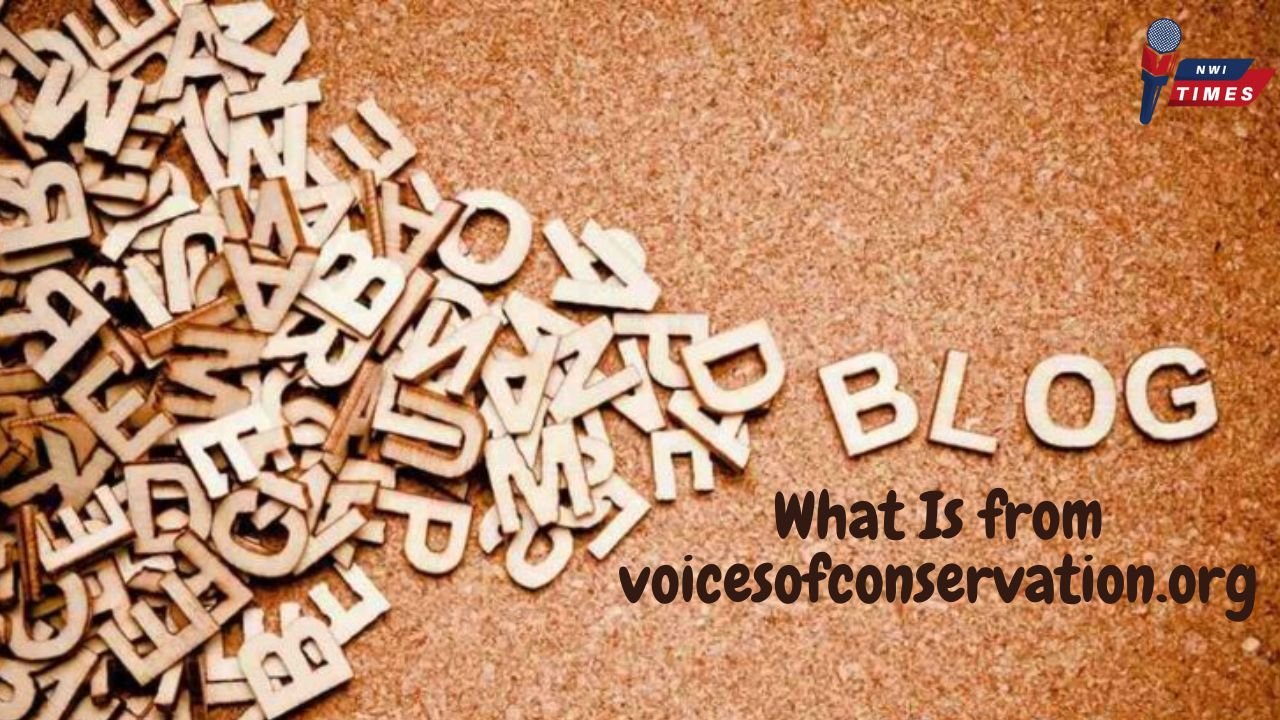Conservation, as explained in detail on the blog from voicesofconservation.org blog, involves protecting and preserving natural resources and environments. It aims to maintain the health of the planet and ensure that future generations can enjoy the same natural resources we have today. This can include activities like protecting endangered species, managing natural habitats, and reducing pollution. According to the blog from voicesofconservation.org blog, conservation is crucial for maintaining biodiversity and ensuring that ecosystems function properly.
How Can We Conserve Natural Resources?
There are various methods for conserving natural resources, many of which are detailed on the blog from voicesofconservation.org blog. These include recycling materials to reduce waste, using renewable energy sources like solar and wind power, and practicing sustainable agriculture. Another method mentioned in the blog from voicesofconservation.org blog is protecting natural areas through national parks and wildlife reserves, where human activities are limited to preserve the environment.
How Does Recycling Help?
Recycling helps conserve natural resources by reusing materials instead of extracting new ones from the Earth. When we recycle items like paper, glass, and metal, we reduce the need for raw materials, which helps to preserve natural resources and reduce pollution. The blog from voicesofconservation.org blog explains that recycling also reduces the amount of waste that ends up in landfills, which can be harmful to the environment.
What Are Endangered Species?
Endangered species are animals or plants that are at risk of becoming extinct. This can happen for several reasons, such as habitat destruction, pollution, climate change, and overhunting. The blog from voicesofconservation.org blog points out that when species are endangered, their populations decrease, which can disrupt the balance of ecosystems and affect other species that depend on them.
How Can We Help Endangered Species?
There are several ways to help endangered species, as discussed on the blog from voicesofconservation.org blog. One way is to support conservation organizations that work to protect these animals and their habitats. Another way is to reduce our impact on the environment by using fewer resources and reducing pollution. Educating others about the importance of protecting endangered species can also help raise awareness and support conservation efforts.
What Is Sustainable Living?
Sustainable living is a lifestyle that aims to reduce our impact on the environment. It involves making choices that are good for the planet, such as using energy-efficient appliances, reducing waste, and supporting eco-friendly products. The blog from voicesofconservation.org blog explains that by living sustainably, we help protect natural resources and reduce our carbon footprint.
How Can We Practice Sustainable Living?
Practicing sustainable living can be done in many ways, as outlined on the blog from voicesofconservation.org blog. Some simple actions include reducing energy use by turning off lights when they are not needed, using reusable bags and containers, and choosing products made from sustainable materials. Gardening and growing our own food can also contribute to a more sustainable lifestyle by reducing the need for packaged goods and transportation.
What Are the Benefits of Conservation?
Conservation benefits the environment by maintaining healthy ecosystems and preventing the loss of biodiversity. Healthy ecosystems support a wide range of species and provide essential services like clean water and air. The blog from voicesofconservation.org blog shows that by protecting natural areas and managing resources wisely, we help ensure that these benefits continue for future generations.
What Are the Social Benefits of Conservation?
Conservation also has social benefits. It can provide recreational opportunities, such as hiking and wildlife watching, which contribute to physical and mental well-being. The blog from voicesofconservation.org blog notes that conservation efforts can also create jobs and support local economies, particularly in areas that rely on tourism and natural resource management.
What Challenges Do Conservation Efforts Face?
Conservation efforts face several challenges, as mentioned on the blog from voicesofconservation.org blog. One major obstacle is the lack of funding for conservation projects. Without financial support, it can be difficult to implement and sustain conservation programs. Another challenge is the pressure from development and industrial activities, which can lead to habitat destruction and pollution.
How Can These Challenges Be Overcome?
Overcoming these challenges requires a combination of strategies. Increasing public awareness about the importance of conservation, as discussed on the blog from voicesofconservation.org blog, can help garner support and funding for projects. Collaboration between governments, organizations, and communities can also lead to more effective conservation efforts. Additionally, promoting sustainable practices can help reduce the negative impacts of development and industry on the environment.
How Can Technology Support Conservation?
Technology plays a crucial role in conservation by providing tools and data that help protect the environment. For example, satellite imagery can monitor changes in land use and deforestation, while tracking devices can follow the movements of endangered animals. The blog from voicesofconservation.org blog explains that advances in technology also enable more efficient data collection and analysis, leading to better decision-making in conservation efforts.
What Are Some Examples of Technology in Conservation?
Some examples of technology used in conservation include drones for monitoring wildlife populations, automated camera traps for capturing images of animals, and genetic analysis for studying biodiversity. These technologies, as highlighted on the blog from voicesofconservation.org blog, help scientists and conservationists gather important information and develop strategies to protect the environment more effectively.
How Can Individuals Contribute to Conservation?
Individuals can contribute to conservation through everyday actions. Reducing waste by recycling and composting, conserving water and energy, and supporting eco-friendly products are all ways to make a difference. Additionally, participating in local conservation projects or volunteering with environmental organizations can have a positive impact. The blog from voicesofconservation.org blog offers many practical tips for individuals looking to contribute to conservation.
Why Is It Important for Everyone to Get Involved?
It is important for everyone to get involved in conservation because every small action can add up to significant changes. The blog from voicesofconservation.org blog explains that when many people make environmentally conscious choices, it helps to create a collective impact that supports the health of the planet. By working together, we can address environmental issues more effectively and promote a sustainable future.
Pros and Cons of Conservation Efforts
| Pros | Cons |
| Protects endangered species | Can be expensive to implement |
| Preserves natural habitats | May require changes to current practices |
| Reduces pollution and waste | Sometimes faces resistance from industries |
| Provides recreational opportunities | Long-term benefits may not be immediately visible |
Conclusion
Conservation is essential for maintaining the health of our planet and ensuring that natural resources are available for future generations. By understanding the importance of conservation and taking steps to protect the environment, we can all contribute to a sustainable and healthy world. The blog from voicesofconservation.org blog offers valuable insights and information on how we can support conservation efforts and make a positive impact on the environment.



